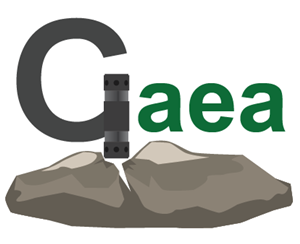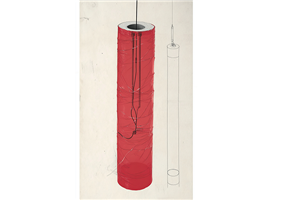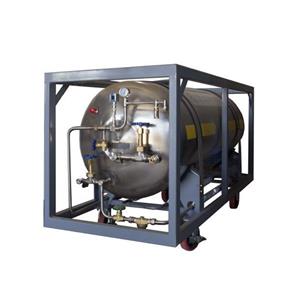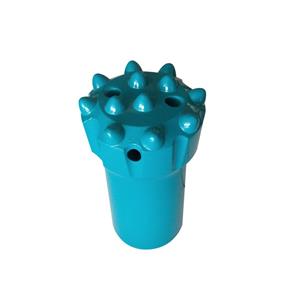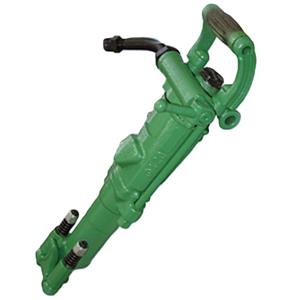Gaea will show you how to use the button bit
In rock drilling, the quality of the drill determines the efficiency of the operation and the service life of the drill. Therefore, the reasonable use of the drill can improve our work efficiency. After all, the rock drill is a power output device, and the drill is the one that really deals with and contacts the rock. There are many types of drills, and different drills have different characteristics. Today, Gaea will talk about how to use the button bit reasonably.
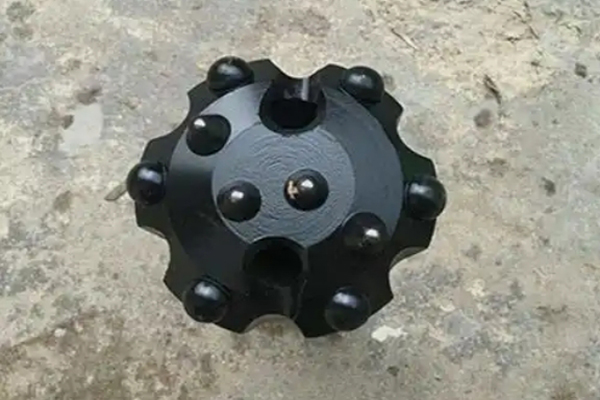
As the name suggests, the working surface of the button bit is a spherical metal, and it is distributed on the entire surface of the drill bit like human teeth, unlike the button bit, which is a piece of straight-line alloy. This type of drill itself has the characteristics of being more wear-resistant than other types of drill bits, but in order to use it more reasonably, you still need to pay attention to some matters.
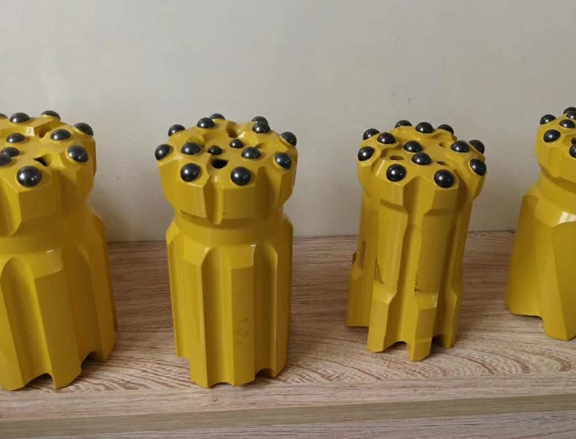
First, don't think that you can ignore it just because it is wear-resistant. Any drill needs to be monitored at all times. Once an abnormality is found, it can be used continuously if it is sharpened in time to extend its service life. The button bit is no exception. We should always pay attention to whether it shows "cracks" or peeling. When this happens, it means that the wear of the drill has affected its use and needs to be sharpened. When the drilling speed of the rock drill drops significantly, we should also consider that it may be due to excessive wear of the drill.
Second, do not use brute force during the operation. Reduce the propulsion force to reduce the stress on the button bit, and use a large amount of water to flush it to remove impurities generated during the operation in time. Pay attention to the use of flushing water. Flush continuously and start flushing in advance when just starting the operation, otherwise the temperature of the drill will rise and then suddenly cool down when it encounters water, causing cracks.
